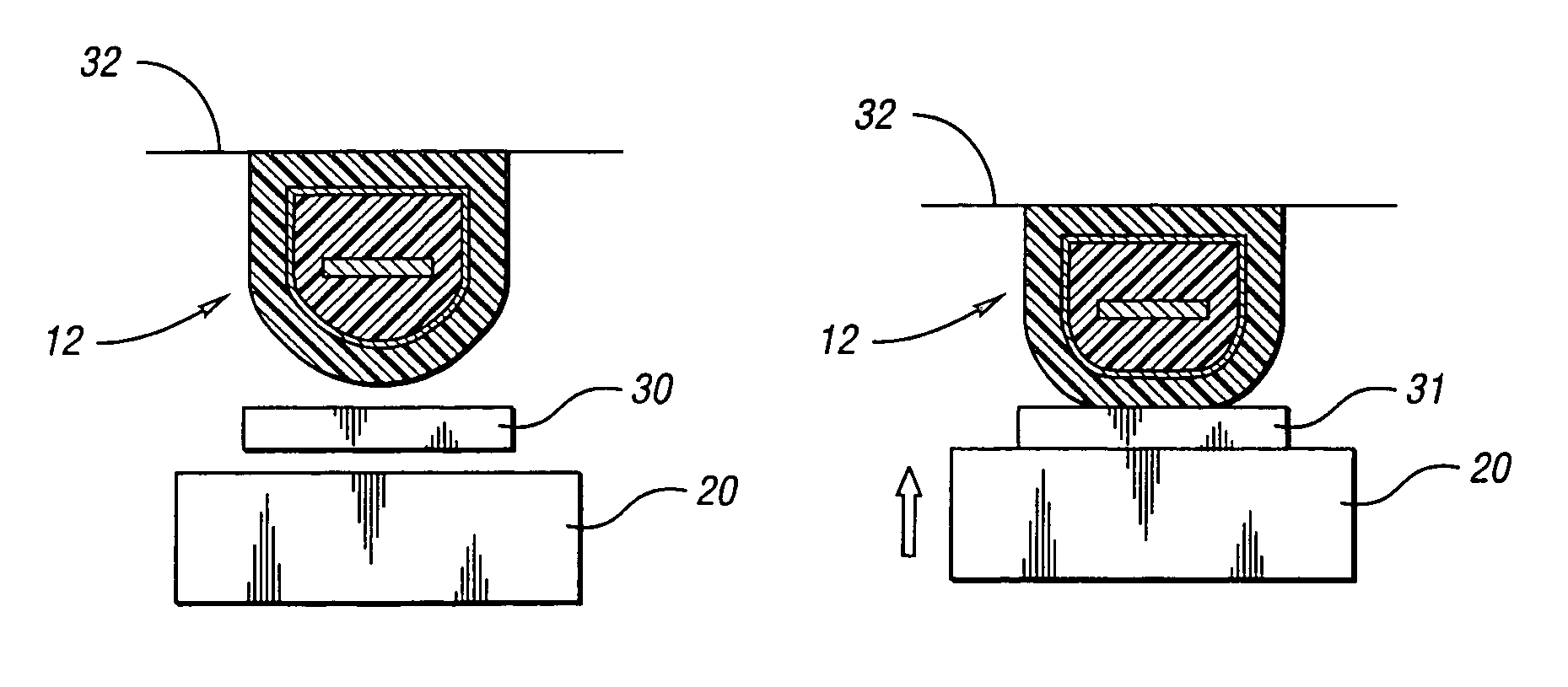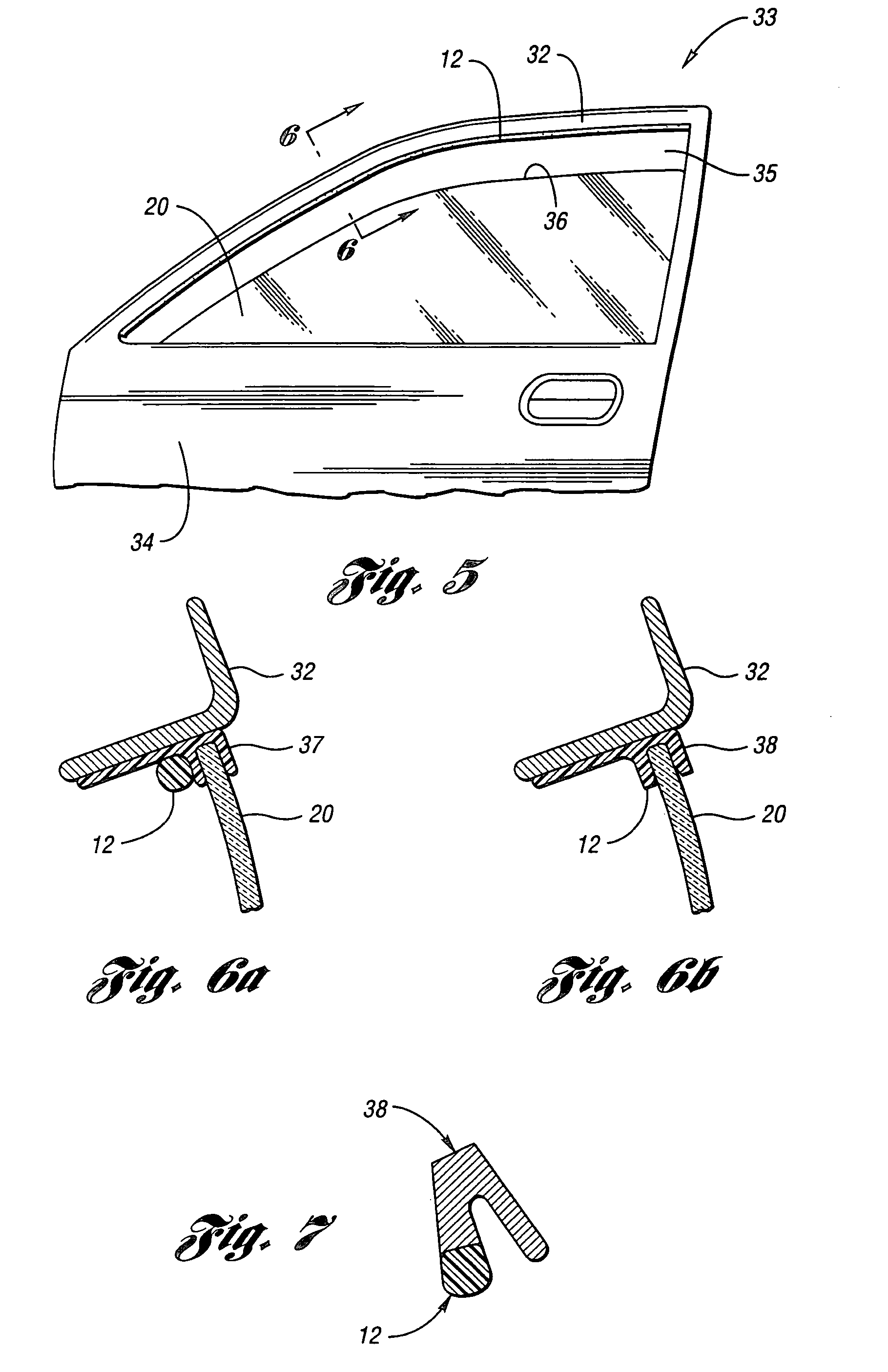Anti-entrapment system
a technology of anti-entrapment and anti-seismic device, which is applied in the direction of pedestrian/occupant safety arrangement, pulse technique, instruments, etc., can solve the problem of requiring a relatively large amount of object pinching, and achieve the effect of preventing any object pinching
- Summary
- Abstract
- Description
- Claims
- Application Information
AI Technical Summary
Benefits of technology
Problems solved by technology
Method used
Image
Examples
Embodiment Construction
)
[0062]Referring now to FIG. 1A, an anti-entrapment system 10 in accordance with the present invention is shown. Anti-entrapment system 10 includes a sensor 12 and a controller 14. Sensor 12 is a capacitance sensor that is operable to detect touching by an object 16 to the sensor and / or the presence of the object near the sensor. In response to an object 16 touching sensor 12, the capacitance of the sensor changes. Likewise, in response to an object 16 that is electrically conductive, including the human body, coming within the proximity of sensor 12, the capacitance of the sensor changes even without the object actually touching, or applying any force, to the sensor. This provides for zero force detection of a human body part before contact is made to the body part. As such, sensor 12 is a contact and a non-contact sensor.
[0063]Controller 14 controls a motor 18 associated with a translating device 20 such as a window, sliding door, sunroof, etc. in order to move the translating dev...
PUM
 Login to View More
Login to View More Abstract
Description
Claims
Application Information
 Login to View More
Login to View More - R&D
- Intellectual Property
- Life Sciences
- Materials
- Tech Scout
- Unparalleled Data Quality
- Higher Quality Content
- 60% Fewer Hallucinations
Browse by: Latest US Patents, China's latest patents, Technical Efficacy Thesaurus, Application Domain, Technology Topic, Popular Technical Reports.
© 2025 PatSnap. All rights reserved.Legal|Privacy policy|Modern Slavery Act Transparency Statement|Sitemap|About US| Contact US: help@patsnap.com



